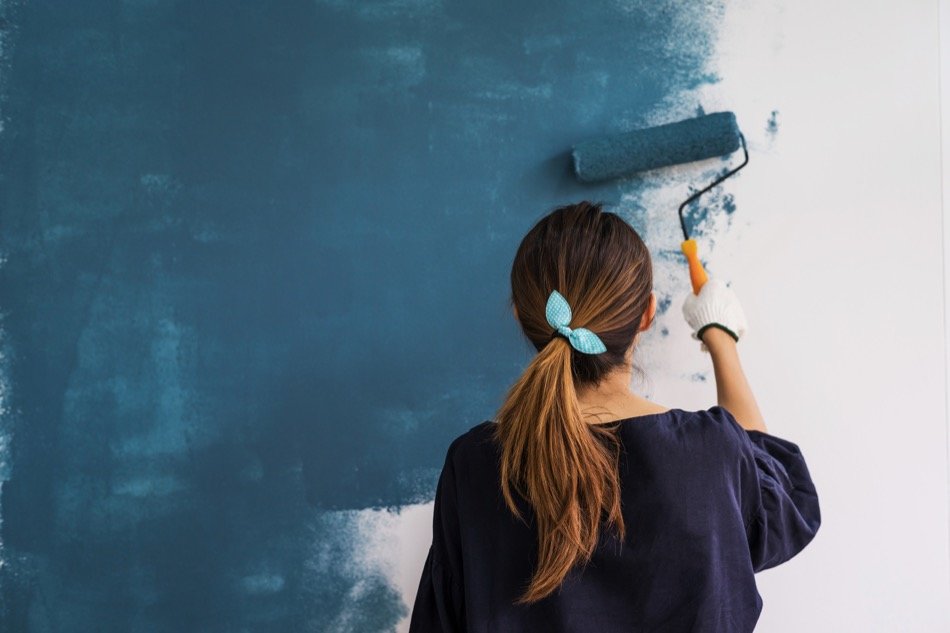Home Painting for Beginners: Tips for Getting Started
Posted by EdmontonRealEstate .ca on Tuesday, September 4th, 2018 at 8:19am.
 Homeowners who are preparing to list their property on the market may need to paint the house with a fresh array of neutral tones to appeal to buyers and make the home more marketable. Home buyers who have recently purchased a new house may want to paint the walls in order to make the space their own, and add their own touch of color to the property.
Homeowners who are preparing to list their property on the market may need to paint the house with a fresh array of neutral tones to appeal to buyers and make the home more marketable. Home buyers who have recently purchased a new house may want to paint the walls in order to make the space their own, and add their own touch of color to the property.
No matter the reason for painting, homeowners and home buyers know that it can be expensive to hire someone to do the job. Sometimes, a homeowner may choose to let a professional do the painting as opposed to a DIY job. However, these tips will help beginners paint their entire home on their own—and no one will know that it wasn't painted by a professional. For a more in-depth look, check out our complete guide to painting your home.
Prepare the Walls Before Painting
Before the brush is ever dipped into the paint, it's critical that the walls have been properly prepared. First, a homeowner must take the time to fill any holes, such as nail holes or dry wall damage. After the holes have been patched, they must be scraped and sanded so that the patch is flush with the existing dry wall. This prevents the imperfections from showing after the room has been painted. In many cases, a room will need to be primed before it is painted with a new color as well.
Mix All Paint Into One Large Container
Depending on the size of the room, several gallons of the same color may be needed to complete the paint job. However, there can be disparity between one gallon and another, even if it has been tinted to the same color. In order to give the room a consistent color throughout, mix all gallons of paint into one large container and stir it. This blends all of the color together and allows for a consistent application.
Trim First, Then Paint the Walls
Trim work can be tricky, especially for inexperienced painters. It is best to trim all molding prior to painting the walls, because the painter may accidentally get paint onto the wall area. In the event of a mistake or accident, the wall color can easily be applied afterward in order to cover up the imperfection. Trim work should be done with a brush, and it's necessary to keep the hand steady while painting the trim.
Paint the Entire Length of the Wall
Once the Belgravia homeowner is ready to paint the wall, they need to use a roller brush and properly apply the paint to the wall. This is done by dipping the roller into the paint, eliminating excess paint, and ultimately painting the entire length of the wall from bottom to top. Rather than going in a straight up-and-down pattern, many painters opt to paint in a small X shape to cover up brush marks and improve the final look of the room.
Store Paint Properly Overnight
In most cases, a room will not be completed in one day. This is largely due to the fact that most rooms require a second or third coat of paint, and the first coat must dry completely. In order to preserve the integrity of the paint, it must be stored properly overnight. Paint brushes and tools should be wrapped in plastic, and the paint bucket needs to be sealed to prevent the paint from drying.
Those who opt to paint their home on their own find the experience to be both rewarding and valuable. This DIY project offers significant costs savings, and it provides the homeowner with more freedom as to how and when the project is completed.

